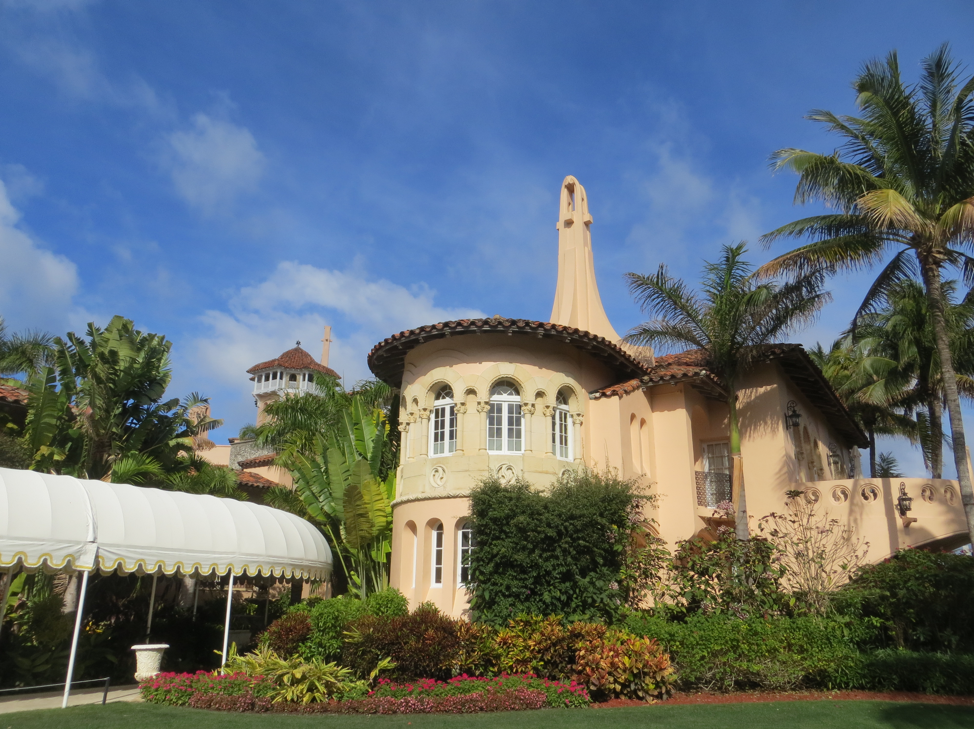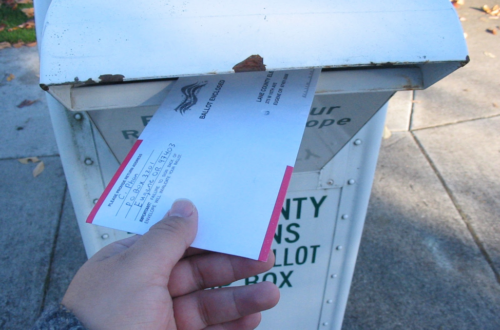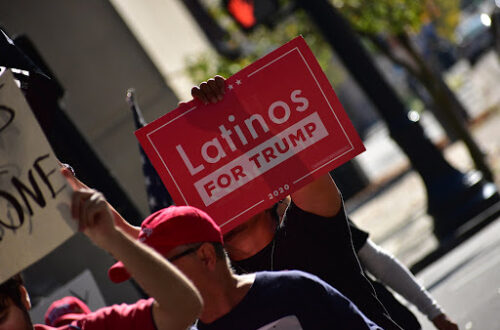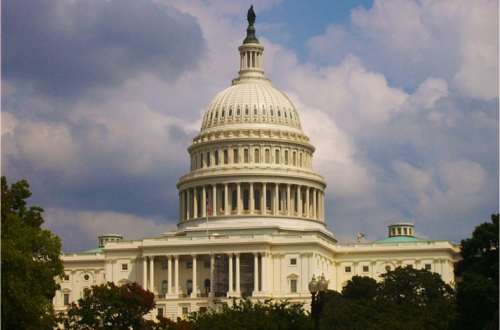A recent New York Times investigation into more than two decades of President Donald Trump’s tax returns has confirmed Trump’s use of an obscure loophole to claim a $5.7 million tax deduction on his iconic Mar-a-Lago estate. The Palm Beach Post first reported Trump’s Mar-a-Lago tax break, obtained through the use of a conservation easement, in a 2017 investigation.
Conservation easements were originally introduced by Congress in 1969 with a noble purpose. By signing a conservation easement, a property owner agrees not to significantly alter sites of historic or environmental value. In exchange, the property owner receives an income tax deduction equal to the decrease in property value caused by their inability to alter the property.
However, over the last three decades, conservation easements have been increasingly employed for purely financial reasons. Property owners hire private appraisers to calculate the drop in property value caused by the easement, which often results in abnormally large tax deductions.
A preliminary IRS analysis conducted in 2017 showed that conservation easement investors “claimed an average of $9 in tax deductions for every dollar they put in.” The tactic has become so prevalent in recent years that the IRS included it in their 2019 “Dirty Dozen” list of tax scams to avoid.
In the case of his Mar-a-Lago conservation easement, not only was Trump able to claim a $5.7 million tax deduction, but he also used the easement as a bargaining chip in negotiations with the Palm Beach Town Council over his plan to convert Mar-a-Lago into the elite club it is today. The council wouldn’t approve Trump’s plan unless he agreed to preserve certain historical features of the estate.
Trump’s lawyer Paul Rampell told the council that the proposed historical preservation for the plan approval deal could not be in writing. Otherwise, the IRS might no longer consider Trump’s conservation easement as a good faith charitable donation.
Some legal experts contend that it doesn’t make a difference whether the deal was in writing or not.
“That’s plainly a quid pro quo,” said John Echeverria, a professor of environmental and natural resource law at Vermont Law School.
“There really should be no serious question about whether they came to a deal,” said Bill Hutton, a San Francisco attorney who has specialized in conservation easements since they were introduced in 1969.
In all, Trump has used conservation easements at four of his properties to claim a total of $119.3 million in tax deductions. At two of these properties — Trump National Golf Club in Los Angeles and the Seven Springs estate in New York — the deductions are part of an investigation by the New York attorney general into whether Trump intentionally inflated the value of his conservation easements to maximize his tax deductions.
Trump, for his part, has expressed pride in his ability to pay as little tax as possible.
“As a businessman and real estate developer…I have brilliantly used those laws,” Trump told the crowd during a 2016 campaign rally in Pueblo, Colorado. “I have a fiduciary responsibility to pay no more tax than is legally required.”
Featured image: The mansion on the Mar-a-Lago property. Unmodified photo by Martin Kalfatovic used under a Creative Commons License. (https://bit.ly/3nqO7Di)
Check out other recent articles from the Florida Political Review here.





